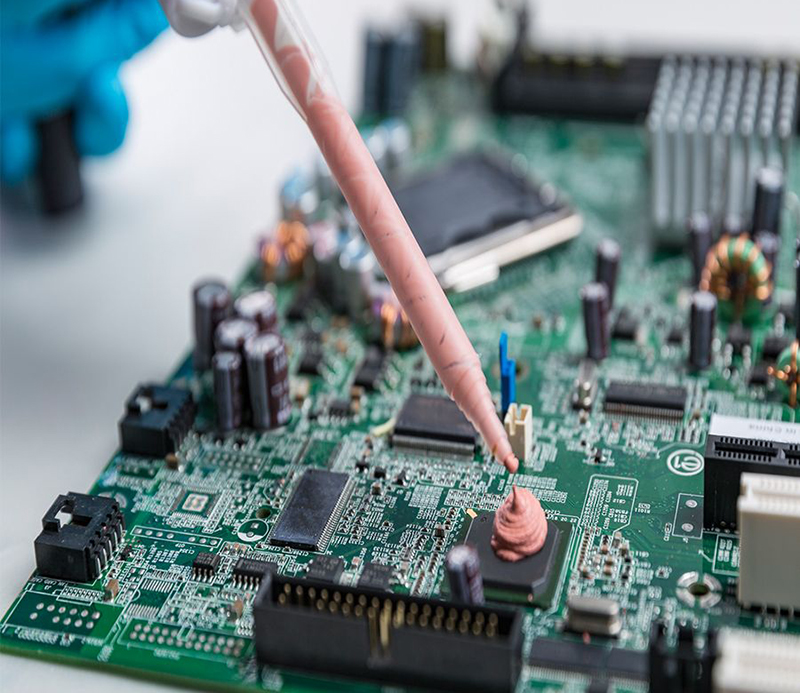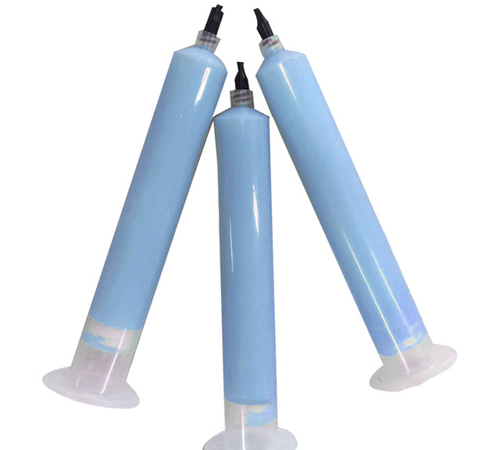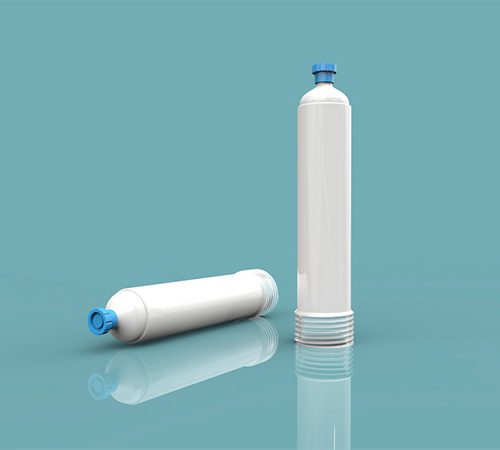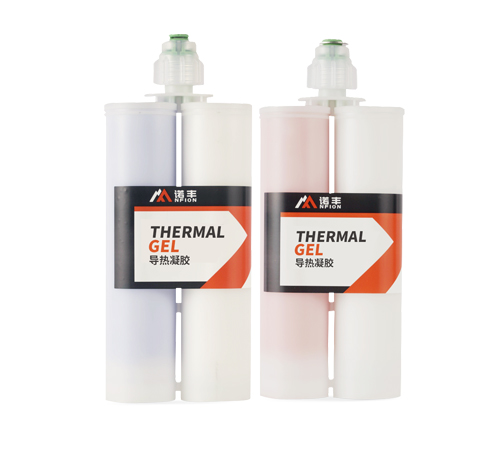How to Prevent Thermal Gel Powderization? A Comprehensive Guide
Author:NFION
Date:2025-03-13 10:29:34

Overview of Thermal Gel Powderization
Thermal gel is a high-performance thermal interface material widely used in power semiconductors, servers, communication equipment, automotive electronics, and other applications requiring efficient heat dissipation. However, some users may find that thermal gel exhibits powderization, meaning it dries out, hardens, and loses its original fluidity and adhesion, ultimately affecting its thermal conductivity. This phenomenon can reduce heat dissipation efficiency and potentially damage electronic components due to overheating. Understanding the causes of thermal gel powderization and implementing effective preventive and corrective measures is crucial for ensuring long-term device stability.
Main Causes of Thermal Gel Powderization
The root causes of thermal gel powderization stem from material aging or environmental factors. The primary contributing factors include:
1. Loss of Volatile Components
Thermal gel is composed mainly of silicone oil, thermally conductive fillers, and thickeners. The evaporation or migration of silicone oil is the primary cause of powderization. Over time, especially in high-temperature environments, the loss of silicone oil reduces the gel’s fluidity, leading to hardening and powderization.
2. High-Temperature Oxidation Aging
In applications with prolonged high-temperature exposure (e.g., servers, IGBT modules), the silicone matrix of thermal gel may undergo oxidative aging, altering its chemical structure and causing it to lose flexibility and powderize. Additionally, thermally conductive fillers (such as aluminum oxide or boron nitride) may experience microstructural changes, further impacting material performance.
3. Mechanical Stress Effects
Electronic components often undergo thermal expansion and contraction cycles. In some cases, repeated stress can cause thermal gel to develop cracks, separate from the contact surfaces, and ultimately powderize. This issue is more pronounced in thermal gels with higher hardness.
4. Environmental Factors (Humidity and Chemical Corrosion)
External environmental factors such as high humidity, acidic or alkaline gases, and chemical exposure can accelerate thermal gel degradation. In humid conditions, certain thermal gels may undergo hydrolysis reactions, compromising their chemical stability and leading to powderization.
5. Poor-Quality Materials or Formulation Issues
Low-quality thermal gels may have poor formulation designs, such as low-viscosity silicone oil, unevenly dispersed fillers, or mismatched thickeners. These deficiencies can result in poor durability and premature powderization.
Impact of Thermal Gel Powderization
Powderization of thermal gel can significantly affect the heat dissipation performance and long-term reliability of electronic devices, leading to:
1. Reduced Thermal Conductivity : Powderization lowers the gel’s overall thermal conductivity, leading to higher chip or power device temperatures.
2. Increased Contact Thermal Resistance : Once powderized, the gel loses its ability to fill micro-gaps at the thermal interface, increasing contact resistance and reducing cooling efficiency.
3. Risk of Material Shedding : Powderized particles may detach and accumulate on circuit boards, potentially causing short circuits or poor electrical connections.
4. Higher Maintenance Costs : Replacing or reapplying thermal gel requires additional labor and expenses, increasing overall maintenance costs.
How to Prevent and Fix Thermal Gel Powderization?
1. Choose High-Quality Thermal Gel
✔ Use high-temperature-resistant, oxidation-resistant, and low-volatility thermal gel to ensure long-term performance stability.
✔ Check key performance indicators such as volatility loss (TGA testing) and thermal aging tests (150°C for 1,000 hours) to assess the material’s durability.
2. Optimize the Operating Environment
✔ Control the working temperature to ensure the thermal gel does not exceed its maximum thermal tolerance.
✔ Prevent exposure to high humidity and corrosive environments, and consider sealing enclosures to reduce external contamination.
3. Regular Maintenance and Replacement
✔ For long-term-use devices (such as servers and 5G base stations), periodically inspect the thermal interface material and replace it if powderization occurs.
✔ If thermal gel has already powderized, remove the old material and reapply a fresh layer to restore proper thermal contact.
4. Consider Alternative Thermal Materials
✔ In extreme high-temperature and high-pressure environments, use a combination of thermal gel and thermal pads for enhanced durability.
✔ For applications requiring higher mechanical stability, such as automotive electronics and IGBT power modules, consider using phase change materials (PCM) or low-volatility thermal grease as alternatives to traditional thermal gels.
Conclusion
Thermal gel powderization is a common aging phenomenon caused by high-temperature evaporation, oxidative degradation, mechanical stress, environmental exposure, and material quality issues. This issue can degrade thermal performance, increase maintenance costs, and pose potential safety risks. Selecting high-quality thermal gels, optimizing operating conditions, conducting regular inspections, and considering alternative thermal solutions can effectively mitigate the problem.
By proactively selecting and maintaining thermal interface materials, users can extend the lifespan of thermal gel and ensure the stable operation of electronic devices over the long term.
 CN >
CN >



